An exclusive look at a reborn, rewilded Rajasthan retreat

Roula Khalaf, Editor of the FT, selects her favourite stories in this weekly newsletter.
In Jodhpur, I needed to escape. The old city was in full spate. Between the crumbling blue mansions, the streets were flooded with rickshaws and scooters and handcarts, with bicycles and schoolchildren and lost-looking cows. A rising crescendo of horns and bells, of calls to prayer and the screeching music of a bridal party was overlaid by intense Indian aromas – spices, rubbish, burning charcoal, sewage and sweet attars from a little perfumier on the corner.

I love Indian streets, where the distance between your lunch and the itinerant barber, between roaring scooters and someone’s granny can be measured in inches. They are overwhelming, life-affirming, thrilling. But there is always this moment in India when you want to press the pause button, to stretch your arms without knocking over a tea stall, to cross the road without being taken out by a determined rickshaw wallah.
Raas Jodhpur – my digs for the night – should have been respite enough. An 18th-century palace of canopied windows and rose-pink sandstone in the heart of the old city, it is an oasis, a labyrinth of secret staircases and secluded terraces set around a courtyard of birdsong, lily ponds and flowering Neem trees. Beautifully restored some 10 years ago by its owners, brothers Nikhilendra and Dhananjay Singh, it echoes in its lines the great Mehrangarh Fort looming on the heights above. I was having a drink with Nikhilendra on the roof terrace. He understood my problem. “It’s good that you’re going to our new place. I think you will like it.” I knew Chhatrasagar, the place in question. Delightful, but not new. A wonderful property in the depths of rural Rajasthan, Chhatrasagar has a small but devoted following of ardent Indophiles, myself among them. It didn’t need anyone tinkering with it. I said as much to Singh. ‘‘We are collaborating with the owners to create something new,” Nikhilendra said equably. ‘It is a bit more than a tinker.”
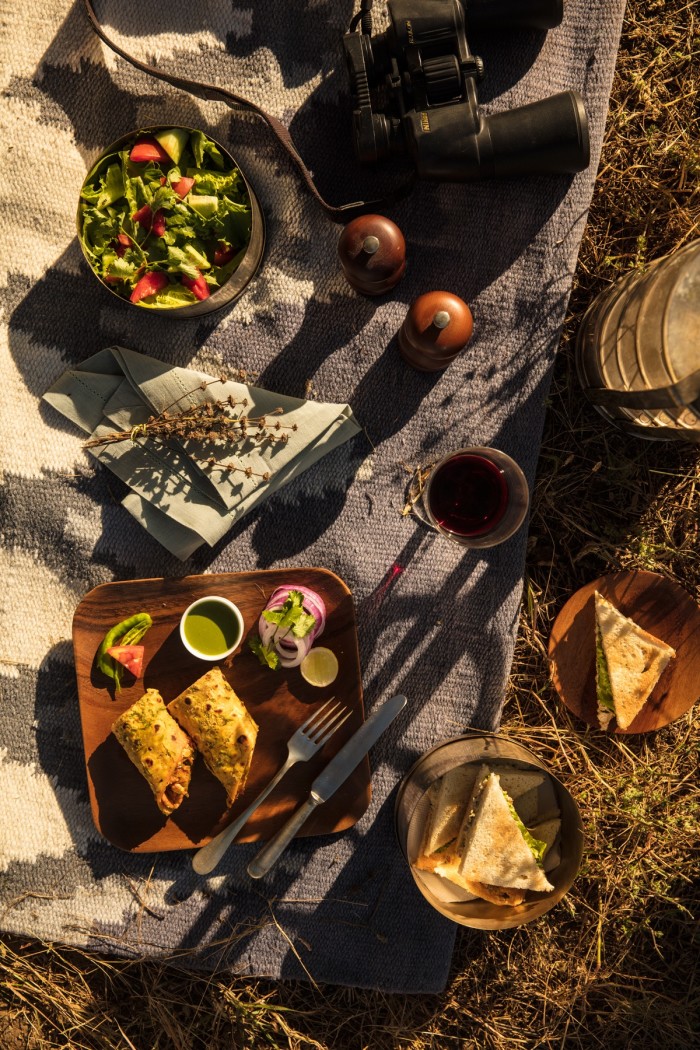
The next afternoon we drove out of town. Post-monsoon, the green landscape unfolded its limbs and stretched to dusty distances. The afternoon was tipping into evening – the moment known as godhuli vela in Hindi, “the hour of the cow dust”, when long shadows rake across the fields and domestic animals make their way homeward herded by shepherds with long crooks, white robes and turbans the size of dustbin lids. At the end of a sandy lane we came to a stop beneath wide acacias. The stillness of rural India closed around us.

A bit of context: Rajasthan heaves with minor royalty. In its vast spaces, royal houses have multiplied, resulting over the centuries in a kind of aristocrat inflation. Ambitious younger brothers, two a penny, were always stamping off to establish yet another state, yet another dynasty. Maharajas, maharanis, maharawals, nawabs and thakurs spread across the land at an impressive rate. When Indira Gandhi withdrew their allowances in the 1970s, many of these noble families – having lost their feudal landholdings – became hoteliers, opening their sprawling homes as five-star accommodation. Some became the iconic places to stay in Rajasthan: labyrinthine palaces of countless rooms and countless staff (and, occasionally, countless plumbing problems).

But with time, something more discreet, intimate and stylish developed in Rajasthan – smaller boutique properties, tented camps, charming havelis, 1920s bungalows smartly updated. Places with five rooms rather than 50. Chhatrasagar was one of the first of this new breed, a tented camp standing atop a splendid barrage built in 1890 by Thakur Chhatra Singh of Nimaj. The camp was created by his great-grandsons, Harshvardhan and Nandivardhan Rathore, in 2000. It has since attracted a loyal following for its peace and its sense of a timeless India.
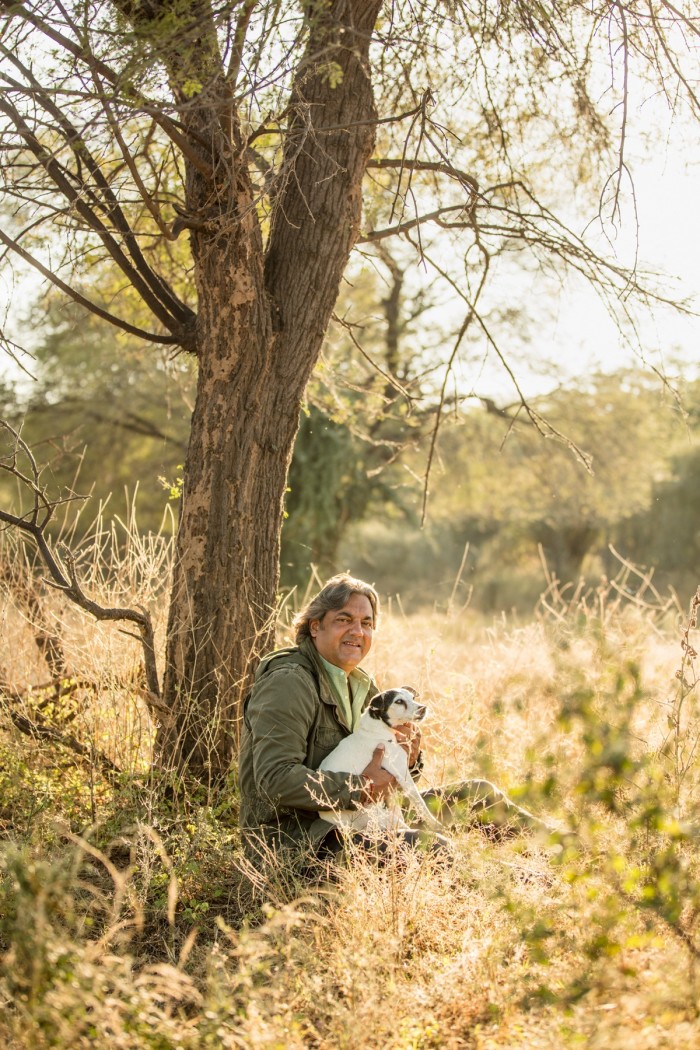
With its wide platform and its view over the lake, the barrage had always been a famous venue in these parts. Old black-and-white photographs show hunting parties of the 1920s, with elaborate dinners hosted for colonial officials on their way to Rajasthan’s summer capital on Mount Abu. One shows a grand meeting of the nobility of Marwar – then the largest princely state in Rajasthan – to determine whether Jodhpur should join the new India or pursue its own independence. The ancestors of both pairs of current-day brothers – the Rathores who founded Chhatrasagar and the Singhs of Raas Jodhpur – served on the regency council towards the end of the 19th century. Now they’re allied again to create a new vision for the region.

Arriving in the dying light, I climbed wide steps framed by a magnificent tamarind to the top of the barrage to find almost everything changed. The safari-style tents were gone; in their place stand elegant villas, whose canvas canopies and linen-lined walls still evoke a sense of a camp. Accessed from a delightful tree-lined walkway, where every morning women in bright silks were bent, sweeping, they have terraces front and back, looking inward towards woods and gardens and outwards across the lake – at this season brimming with water. There is a new privacy factor the old camp never had: the villas are soundproofed, while terraces, each with its own firepit, are separate and self‑contained. Heating and air-conditioning now extend Chaatrasagar’s season to a year-round operation.
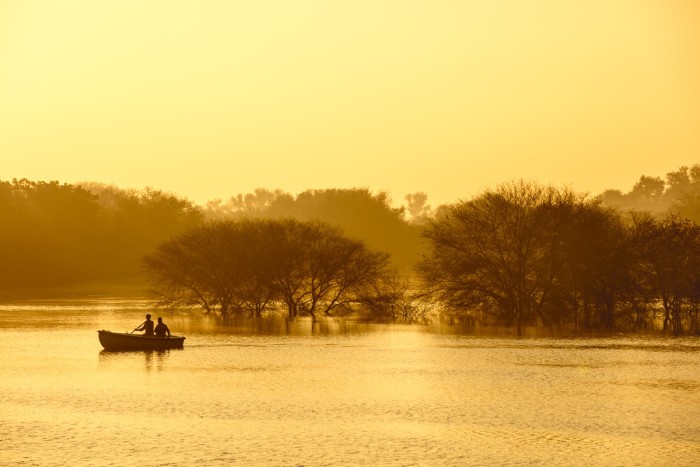
Inside there is a subtle colonial vibe – sofas, elegant ottomans, camp desks, lashings of teak wood, leather-bound game sets. But there are also contemporary twists. In the centre of the roofs are retractable skylights that allow you to stargaze from the comfort of your bed. On the linen walls and across the ceilings, delicate embroidered birds flit between bold woodblock prints of trees, the creation of Delhi-based designer Dhvani Behl. Out on the main terrace, where a fire had been lit in a semicircle of camp chairs, the open-sided dining pavilion is like a throwback to those old 1920s photos. Composed entirely of glass and rose-coloured Jodhpur stone, it has terraces with sofa seating and porch swings where you can dawdle away postprandial lethargies while painted storks and spoonbills patrol the far shore of the lake. Beyond, a heated infinity pool in green marble overlooks the new organic vegetable gardens. A spa with outdoor massage tables, Ayurvedic treatments and yoga classes is planned, and there are rowing boats and kayaks for lake excursions.
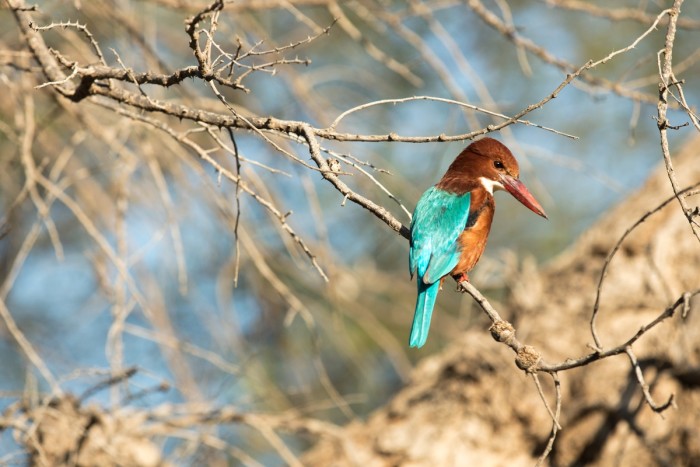
The new Chhatrasagar is a triumph, taking all that was wonderful about the old camp and enhancing it without sacrificing any of its atmosphere. A great part of that atmosphere has always been its setting, atop the old barrage overlooking the lake. This is fundamental to the aristocratic alliance behind the new Chhatrasagar. Both families have a passionate commitment to conservation; at Raas Jodhpur, Nikhilendra was a pioneer in banning plastics and has rid the family lands of pesticides and chemical fertilisers. As an act of civic goodwill, the Singhs’ Walled City Restoration Project sponsored the repair, cleaning and conservation of the extraordinary step well next to the hotel, one of the finest examples in Rajasthan.
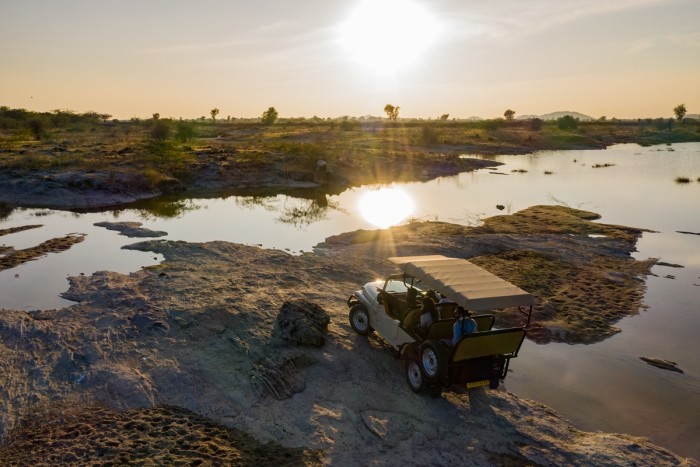
Here, in the deep countryside, the Rathore brothers are pursuing a similar agenda. In 2005, long before it became fashionable, they embarked on a rewilding initiative of 1,100 acres on the far shore of the lake, and had a further 1,800 acres of adjoining grasslands designated as protected land. The speed with which the former have returned to their natural state of open woodlands has heartened everyone here; 15 years on, the landscapes look as if they have been wild for generations. The Rathore brothers’ vision has made Chhatrasagar a serious wildlife destination as well as a sylvan delight. With over 250 species – everything from the greater flamingo to the long-billed pipit – it can lay claim to having some of the best birding in India.
One day I set off early with the naturalist and a breakfast hamper, rowing across the lake as trails of morning mist ghosted across the surface of the water. It was high, in the wake of a record monsoon; on the far shore it stretched inland among the trees. River terns flew above the boat and gangs of wire-tailed swallows hunted on the surface of the water; coots and moorhens paddled among the drowned trees. Atop a dead tree, a marsh harrier turned its head slowly, looking for breakfast. Another day, I took a walk with Singh and Harshvardhan Rathore through the woodlands. Jackals, foxes and jungle cats inhabit these regions and the rewilding has encouraged the arrival of impressive herds of nilgai, or blue bulls – an antelope the size of a cow, now stalked by returned leopards. A wild boar materialised from the woods and went splashing away into the shallows of the lake.
Under the trees, a regal picnic had been laid out on carpets. We reclined on cushions, taking up binoculars to follow a flock of green pigeons, egrets moving in slow motion and a white-throated kingfisher hunting the edge of the lake. A flame-backed woodpecker appeared on an old tree, cocking his head to listen for insects, then drilling into the bark. Hovering attendants refilled our wine glasses and ferried a series of snacks to low tables while we discussed the old royal families, the politics of independence and the disaster of partition. I tried unsuccessfully to stick up for Mountbatten and his role in guaranteeing that the maharajas could keep their privileges, but my companions, quite rightly, weren’t having it; their grandfathers had had to deal with him.
A sense of peace stole through the trees. In the conversational pauses, there was only the sound of birdsong and a gentle breeze in the leaves above us. Here was the escape I sought. A couple more days of this and I might just be ready to return to the fascinating, chaotic tumult of that other India.
Stanley Stewart travelled as a guest of Greaves India (greavesindia.co.uk), which offers nine nights at the Raas hotels in Jodhpur, Chhatrasagar and Delwara (Udaipur), and the Oberoi, New Delhi, from £3,099 per person, including British Airways international flights to Delhi, internal flights, B&B accommodation, a dinner at one of the RAAS hotels, five hours of spa treatments at the hotels, and a heritage walking tour of Old Delhi.
Comments